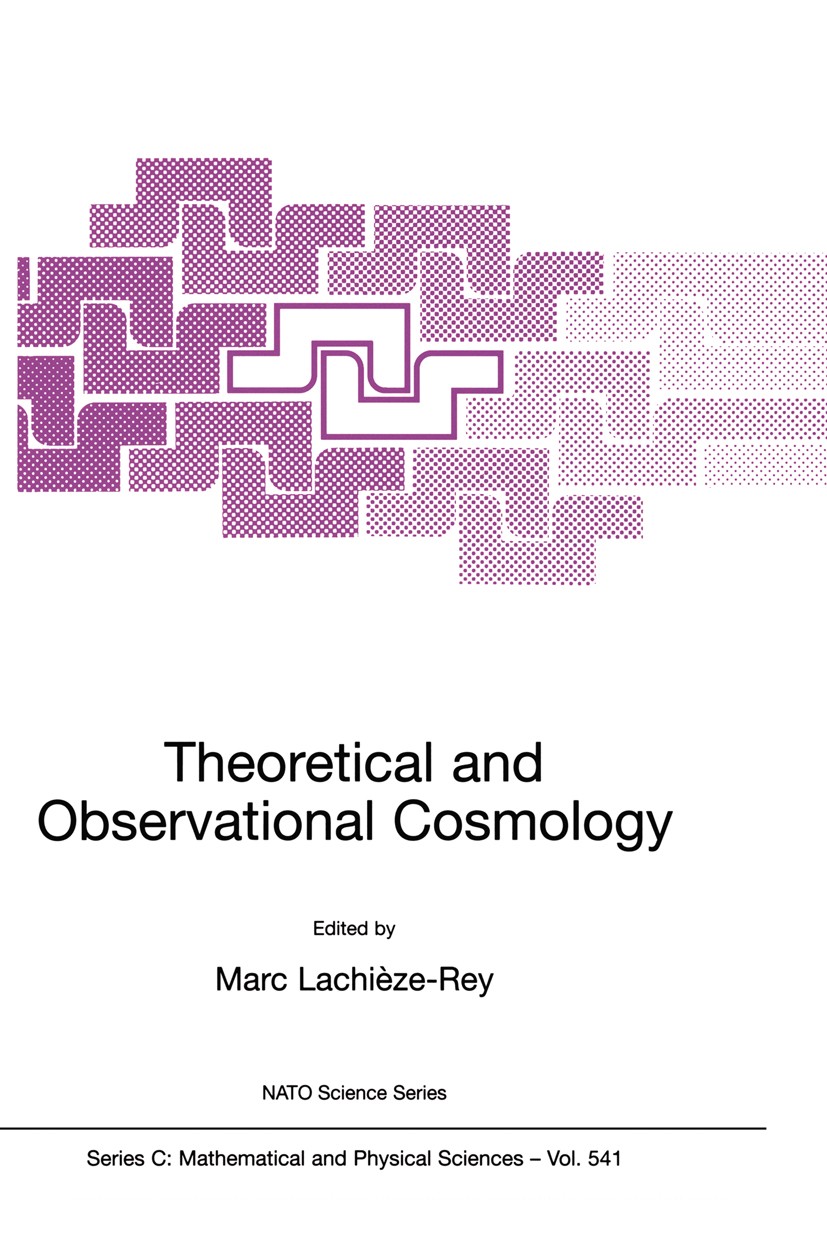| 书目名称 | Theoretical and Observational Cosmology | | 编辑 | Marc Lachièze-Rey | | 视频video | http://file.papertrans.cn/923/922996/922996.mp4 | | 丛书名称 | Nato Science Series C: | | 图书封面 |  | | 描述 | A complete account of the fundamental techniques of generalrelativity and their application to cosmology. The book includesreviews of the different cosmological models and their classification,including such topics as causality and horizons, the cosmologicalparameters, observational tests and constraints of cosmology,symmetries and the large scale topology of space and space-time, andthe use of supernovas as cosmological indicators. .The perturbations to the cosmological models are discussed throughoutthe volume. The cosmic microwave background is presented, with anemphasis in secondary distortions in relation to cosmological modelsand large scale structures. Recent results on dark matter aresummarised. A general review of primordial nucleosynthesis is given.Gravitational lensing is discussed in great detail. Most contributionsshow a balance between theory and observation. ..Readership.: A solid background for students and researchersintending to work in the field of theoretical and observationalcosmology. | | 出版日期 | Book 1999 | | 关键词 | Cosmology; Dark matter; Gravity; Redshift; Relativity; Universe; general relativity | | 版次 | 1 | | doi | https://doi.org/10.1007/978-94-011-4455-1 | | isbn_softcover | 978-0-7923-5946-3 | | isbn_ebook | 978-94-011-4455-1Series ISSN 1389-2185 | | issn_series | 1389-2185 | | copyright | Springer Science+Business Media Dordrecht 1999 |
The information of publication is updating

|
|
 |Archiver|手机版|小黑屋|
派博传思国际
( 京公网安备110108008328)
GMT+8, 2025-11-14 13:08
|Archiver|手机版|小黑屋|
派博传思国际
( 京公网安备110108008328)
GMT+8, 2025-11-14 13:08


